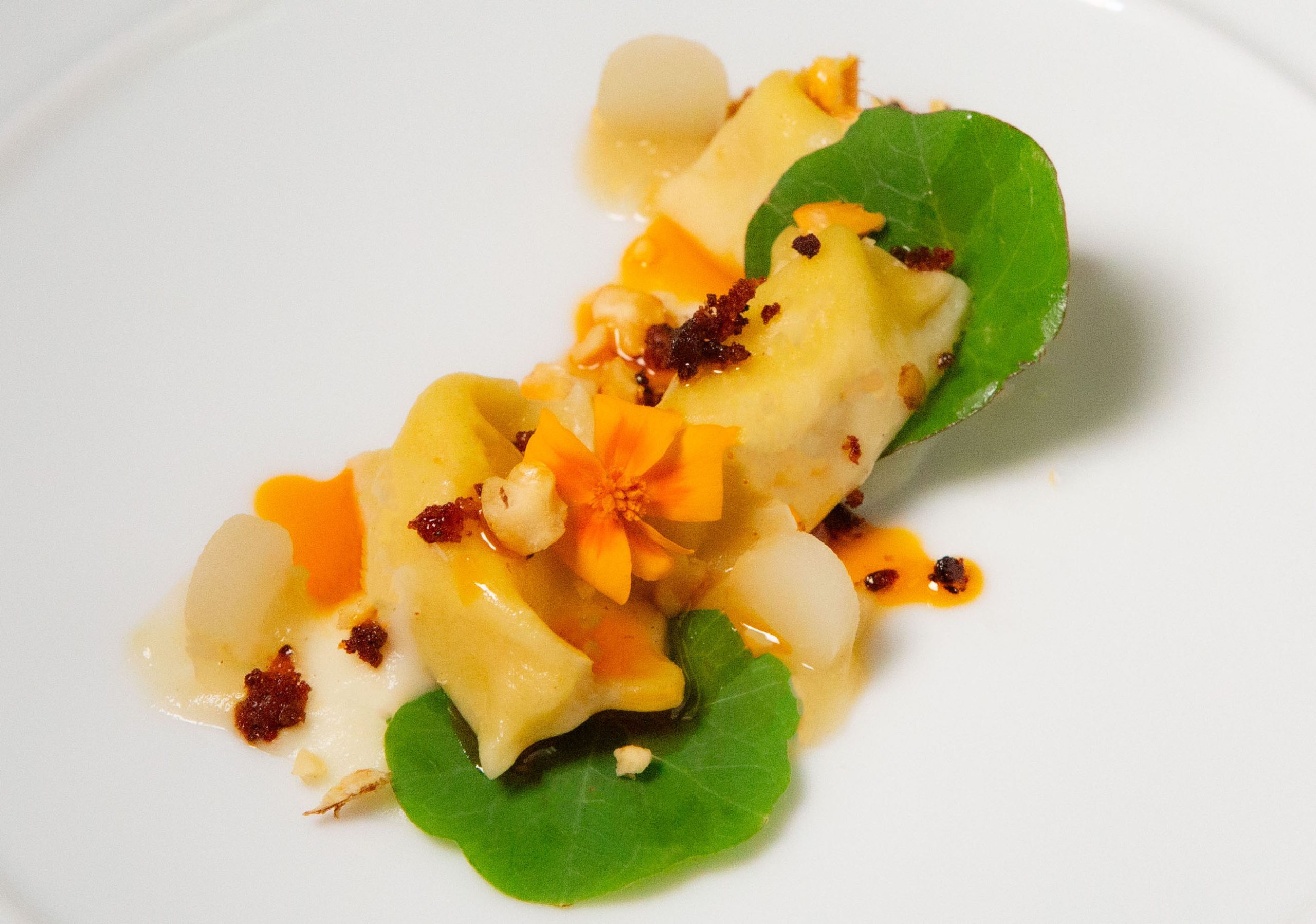

The Indonesian languages' terms for 'chilli pepper' are cabai or cabe, yet the word cabya is mentioned in several ancient inscriptions and texts found in Java from the 10th century CE. In today's modern Javanese, the term lombok refers to 'chilli pepper', yet the term probably originally referred to a native hot spice prior to the introduction of capsicum.

The 14th century Majapahit Javanese Nagarakretagama manuscript mentions lombok mirah island which is identified as Lombok island, which is also the area that produced a spice called red lombok. A hot spice called cabya had become a valuable commodity in the Javanese market as early as the ancient Mataram Kingdom era, circa the 10th century. Researchers note that the people of the Maritime Southeast Asia were already familiar with a type of hot and spicy relish prior to the 16th century. Stone cobek and ulekan ( mortar and pestle), essential tool to make sambal These variants are native to the Western Hemisphere and were introduced to the Indonesian archipelago in the 16th century by Portuguese and Spanish sailors during the Columbian exchange. Common variants used in sambal recipes include Cayenne pepper and bird's eye chili pepper (both varieties of Capsicum annuum). However, its main ingredient, chili pepper of the genus Capsicum, is not native to Southeast Asia, but from the Americas. Sambal is often described as a hot and spicy Indonesian relish. There are 212 variants of sambal in Indonesia, with most of them originating in Java. Various recipes of sambals are usually served as hot and spicy condiments for dishes, such as lalab (raw vegetables), ikan bakar (grilled fish), ikan goreng (fried fish), ayam goreng (fried chicken), ayam penyet (smashed chicken), iga penyet (ribs), and various soto soups. It has also spread through overseas Indonesian populations to the Netherlands and Suriname. It originated from the culinary traditions of Indonesia and is also an integral part of the cuisines of Singapore, Malaysia, Brunei, and Sri Lanka. Sambal is an Indonesian loanword of Javanese origin ( sambel). Sambal is an Indonesian chilli sauce or paste, typically made from a mixture of a variety of chilli peppers with secondary ingredients such as shrimp paste, garlic, ginger, shallot, scallion, palm sugar, and lime juice.


 0 kommentar(er)
0 kommentar(er)
